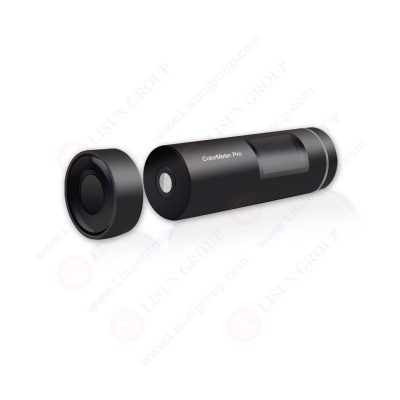
Performance configuration of colorimeter:
1. “You need to know which colorimeter is suitable for your industry, and the requirements for color difference accuracy are different for each industry, that is, △ Eab. If △ Eab is between 0-1, you must choose an instrument with higher accuracy;”; These are generally rubber and plastic, paint and paint industries; If you do not need a relatively high accuracy, you can also choose a general color difference instrument.
2. You need to understand the shape of your product. Currently, the test aperture of the general color difference instrument is 4mm or 8mm; If your product has a curved surface or is very small in size, it is necessary to consider the issue of the test aperture; Of course, it can also be customized, such as:
Large aperture (LAV): 2.54 cm (1 inch)
Medium aperture (MAV): 1.5 cm (0.6 inches)
Small aperture (SAV): 0.75 cm x 1.0 cm (0.3 inches x 0.4 inches)
Ultra Small Aperture (VSAV): 0.3 cm x 0.8 cm (0.12 inches x 0.31 inches)
3. Is there a national metrological certification. This type of instrument is a metrological instrument. It is important to understand whether the product can meet national metrological requirements, otherwise there will be disputes, and your data will not be available for reference.
In general, for a color difference instrument that is worth purchasing, there are many factors worth considering in addition to the main factors mentioned above.
What should I do if the results measured by thecolorimeter are abnormal?
1. This situation is generally caused by the lack of black and white correction or inaccurate black and white correction, which requires a black and white board correction first. Dirt entering the measuring port can also cause inaccurate measurement.
https://www.lisungroup.com/news/technology-news/what-should-i-do-if-the-results-measured-by-the-colorimeter-are-abnormal.html


Comments
Post a Comment